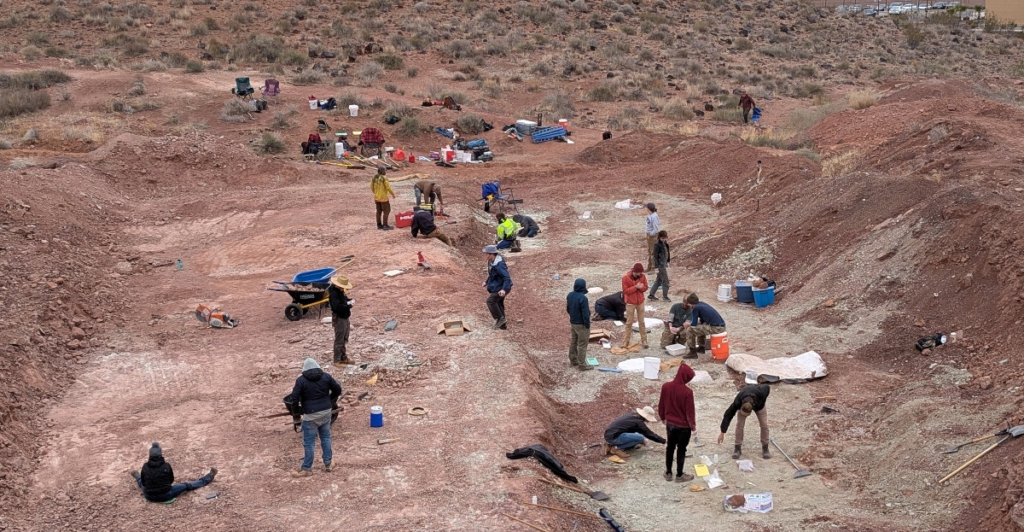
The St. George Dinosaur Discovery Site in southern Utah has long been hailed as a gold mine of early Jurassic fossils, providing a window into the dawn of the Age of Dinosaurs. This one-acre quarry, situated near the museum on Riverside Drive, has attracted scientists and volunteers from around the world to uncover dinosaur tracks, bones, and plant fossils that date back aapproximately 200 million years. However, this paleontological haven now faces an imminent threat: a construction project to build a new electric power substation on city-owned land is scheduled to begin in May. Despite efforts to expedite excavation before construction starts, researchers are racing against time to preserve as much of the site’s rich fossil heritage as possible.
The Importance of the Site
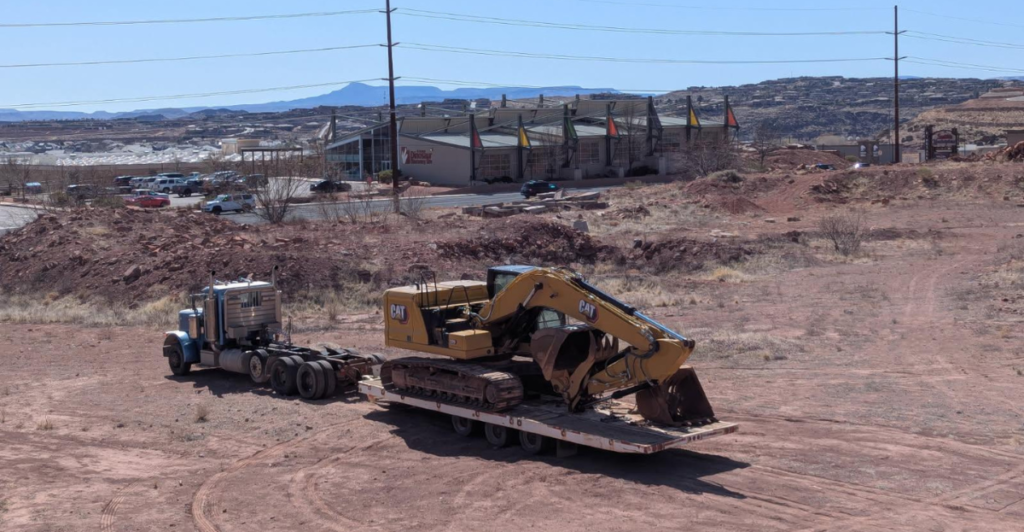
The fossil-rich land surrounding the museum is among the few known early Jurassic sites in western North America. It’s an important reference for why the Triassic and Jurassic were such transformative periods—a time when a mass extinction event wiped out 75% of life on Earth, making way for dinosaurs to rule for more than 100 million years. Paleontologists have uncovered thousands of dinosaur footprints, including tracks belonging to carnivorous dinosaurs such as Dilophosaurus and smaller two-legged species.
A Global Paleontological Treasure
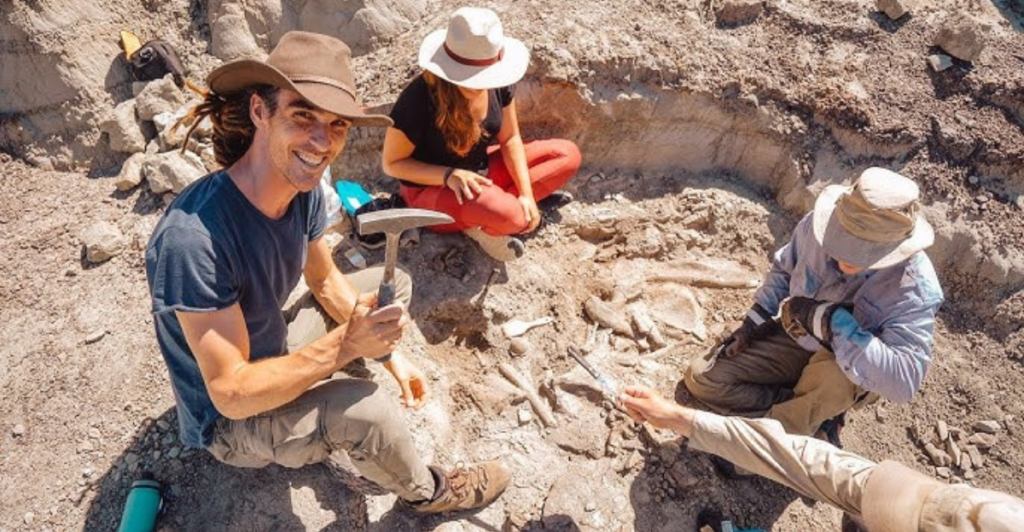
The site is world-famous as the second most important dinosaur footprint site in the United States and was ranked 18th in North America, attracting scientists and enthusiasts to the area. Its discoveries have led to more than 40 scientific papers and even attracted media attention, including a visit from NBC’s “Today Show.” The site’s significance lies not only in its abundance of fossils but also in its exceptional preservation.
Signature Fossil Finds
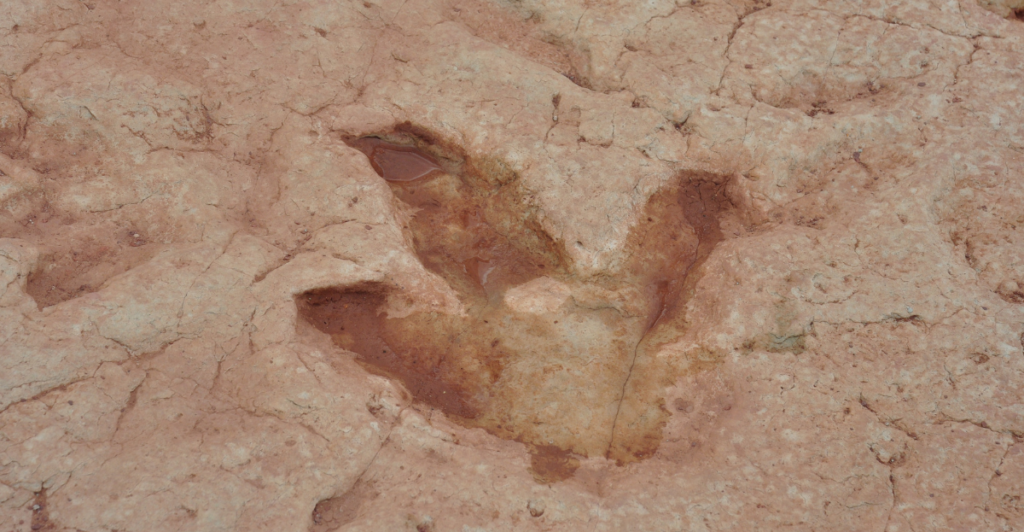
Among the notable discoveries are Eubrontes tracks created by large meat-eating dinosaurs and Grallator tracks from smaller species. Unique swim tracks reveal how dinosaurs would have paddled through ancient Lake Whitmore, leaving scratches on the muddy bottom. One notable find is a squatting dinosaur track —one of just about 14 of its kind found anywhere in the world — which gives rare insight into dinosaur anatomy and behavior.
The Substation Dilemma

City officials have emphasized that constructing the substation is essential to addressing the growing energy needs of southern St. George. While efforts were made to identify other possible sites for the substation, none proved viable. To facilitate excavation, the city granted workers permission to redistribute dirt piles on-site, expediting fossil recovery efforts before construction starts.
A Race Against Time

With excavation expected to end soon, volunteers from universities in Utah, Idaho, Montana, Texas, and even England have teamed up with scientists from institutions such as the San Diego Natural History Museum and Badlands National Park. Their collective mission is to recover as many fossils as they can before construction permanently transforms the landscape.
Recent Discoveries
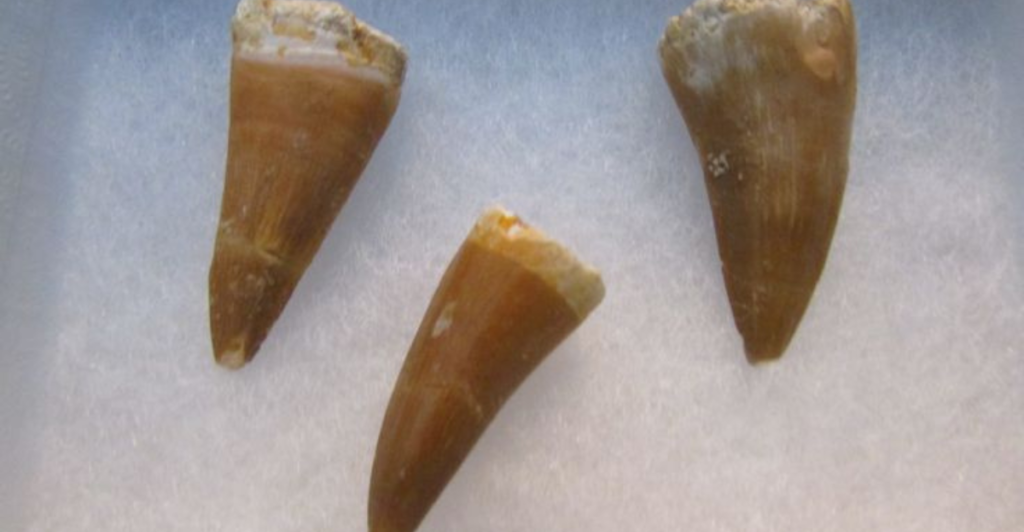
The excavation efforts have already found some significant fossils, including three eroded dinosaur teeth believed to have been used for chewing armored fish skin, fossils of ancient plants, and evidence of two new species of fish. These discoveries add to the more than 6,000 dinosaur footprints previously found in the region.
Museum Contributions
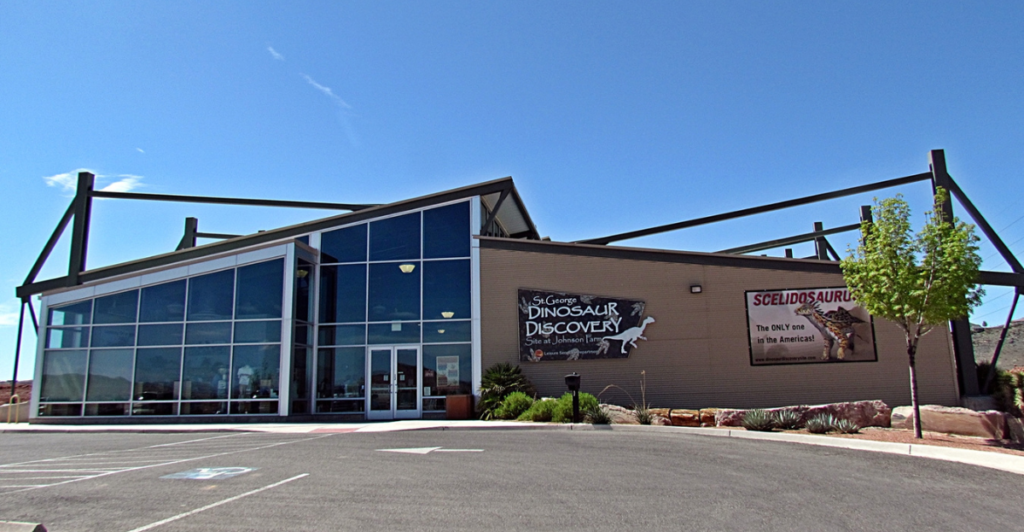
The museum at the St. George Dinosaur Discovery Site has played a pivotal role in preserving these finds since its opening in 2005. Operated by the nonprofit DinosaurAH!torium Foundation, and owned by St. George City, the museum has attracted almost one million visitors, and continues to showcase awe-inspiring fossils like those found at Johnson farm.
Community Efforts

The museum was ultimately founded after local optometrist Sheldon Johnson discovered dinosaur tracks while leveling his alfalfa field in 2000. Today community members and volunteers have invested in sustaining the legacy of this site, despite looming infrastructure demands.
Balancing Heritage and Progress
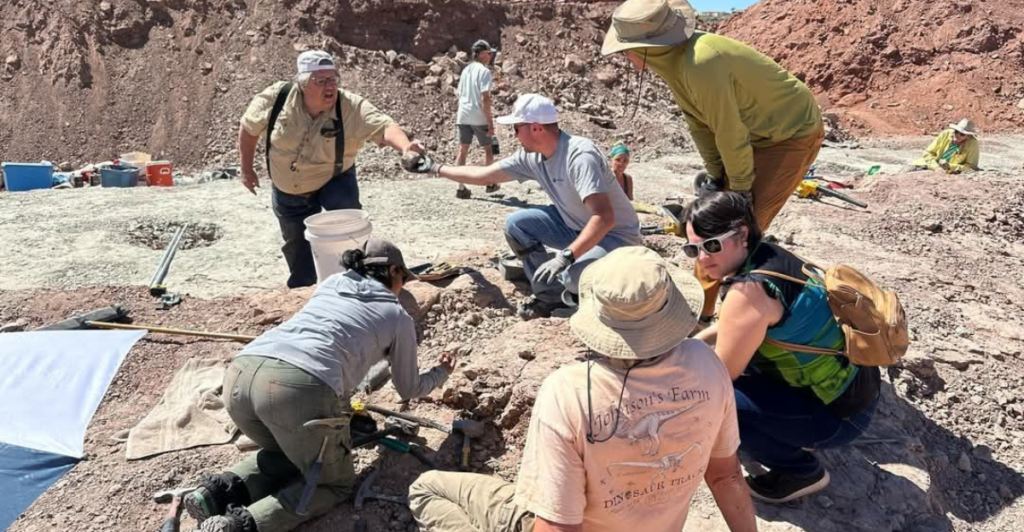
This situation highlights a broader challenge: balancing infrastructure development with preserving archaeological heritage. Although city officials have pledged to assist with excavation efforts, paleontologists such as Jim Kirkland and Andrew Milner insist that losing segments of this site will be a major scientific setback.
Hope Amid Uncertainty
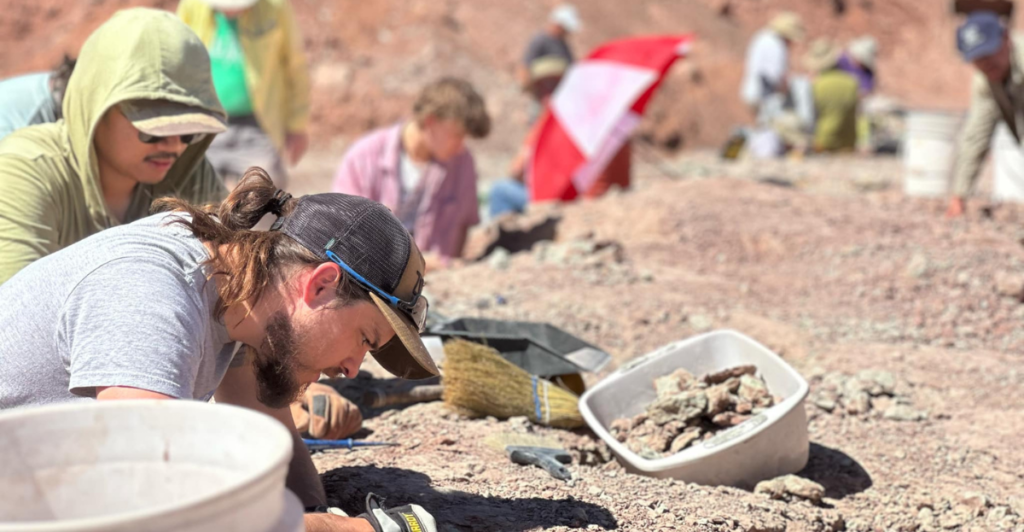
Despite these challenges, researchers remain hopeful about uncovering more groundbreaking discoveries before construction begins. Fueled by passion and supported by volunteer around the globe, their work highlights the urgency and the importance of saving and preserving what remains of this paleontological jackpot, an irreplaceable window into Earth’s ancient past.
Explore more of our trending stories and hit Follow to keep them coming to your feed!

Don’t miss out on more stories like this! Hit the Follow button at the top of this article to stay updated with the latest news. Share your thoughts in the comments—we’d love to hear from you!







